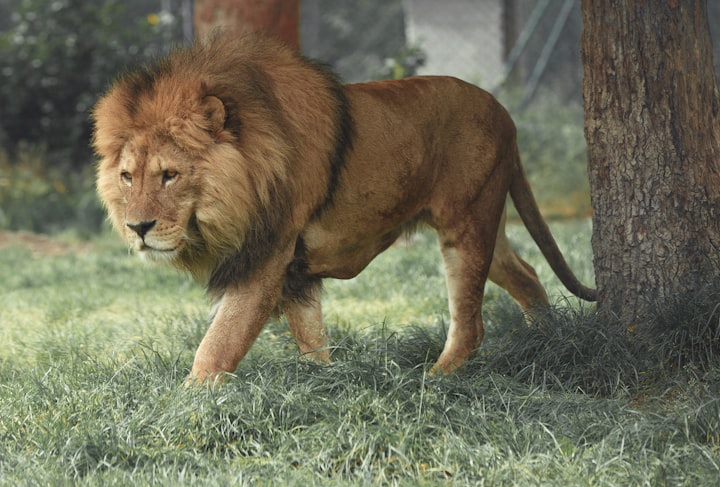What Are Some Interesting Facts About Mountain Lions?
Interesting Facts About Mountain Lions
Introduction
Mountain lions, also known as cougars or pumas, are majestic creatures that roam the wild with stealth and grace. These large felines captivate our imagination and spark curiosity about their lives in the wilderness. In this article, we will explore some fascinating facts about mountain lions, shedding light on their behavior, adaptations, and interactions with humans.
1. What Are Mountain Lions?
Mountain lions, scientifically known as Puma concolor, are large, solitary cats native to the Americas. They have muscular bodies, long tails, and round heads with distinctive facial features. These apex predators are widely recognized for their keen hunting skills and agility.
2. Geographic Distribution
Mountain lions have a vast geographic distribution, spanning from Canada to South America. They are adaptable creatures that inhabit a variety of habitats, including mountains, forests, deserts, and even urban areas. However, their populations have faced significant challenges due to habitat loss and fragmentation.
3. Physical Characteristics
With a length of around seven to nine feet and weighing between 100 to 220 pounds, mountain lions are formidable predators. They have a sleek, tawny coat that helps them blend seamlessly into their surroundings. Additionally, their hind legs are longer than their front legs, enabling them to leap great distances and pounce on their prey with precision.
4. Hunting and Feeding Habits
Mountain lions are stealthy hunters that primarily prey upon deer, elk, and other ungulates. They possess remarkable vision and hearing, allowing them to stalk their prey undetected. These felines are known for their ability to silently approach their target before launching a swift and lethal attack.
5. Unique Adaptations
Mountain lions have several adaptations that enable them to thrive in their environments. One notable adaptation is their retractable claws, which aid in gripping and climbing trees. This skill proves useful when hunting or seeking refuge. Additionally, their exceptional night vision and keen sense of smell help them navigate their territories.
6. Reproduction and Family Structure
Female mountain lions give birth to a litter of two to four cubs after a gestation period of around three months. The newborn cubs enter the world devoid of sight and vulnerability, depending entirely on their mother for sustenance and shelter. The mother raises them for about one to two years, teaching them essential hunting skills before they venture out on their own.
7. Interaction with Humans
Mountain lions generally avoid confrontations with humans and prefer to retreat if encountered. However, human activities such as urban expansion can encroach upon their territories, leading to occasional conflicts. Wildlife agencies work diligently to promote coexistence and manage human-mountain lion interactions to ensure the safety of both parties.
8. Conservation Status
Due to habitat loss, hunting, and conflicts with humans, mountain lion populations have faced significant challenges. They are listed as a species of concern in many regions and are protected by various conservation measures. Conservation efforts focus on preserving their habitats, managing human-mountain lion conflicts, and promoting public awareness about the importance of these apex predators.
Conclusion
Mountain lions are awe-inspiring creatures that command our respect and admiration. Their adaptability, hunting prowess, and elusive nature make them fascinating subjects of study. By understanding their unique characteristics and promoting conservation efforts, we can ensure the continued existence of these majestic felines for generations to come.






Comments
There are no comments for this story
Be the first to respond and start the conversation.